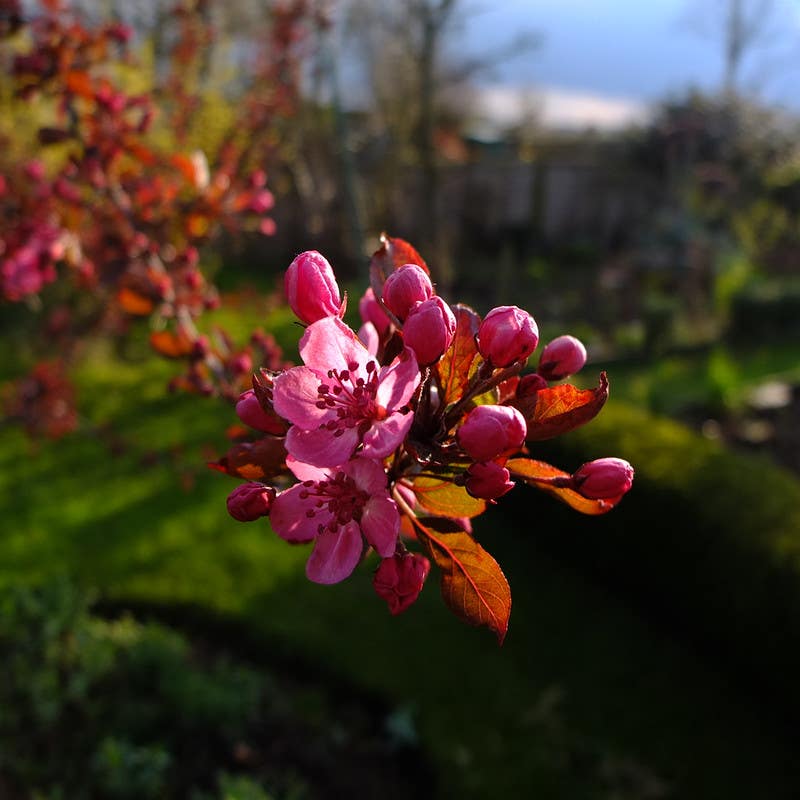Spring Sky Bluestar
Virtues: Light blue spring flowers. Fine-textured foliage that turns golden yellow in the fall. Similar to Arkansas bluestar (A. hubrechtii), but more compact, making it easier to incorporate into gaps…
Virtues: Light blue spring flowers. Fine-textured foliage that turns golden yellow in the fall. Similar to Arkansas bluestar (A. hubrechtii), but more compact, making it easier to incorporate into gaps or smaller gardens, or to use as a skirt around shrubs. Fall foliage is yellow to bronze, while A. hubrichtii's is vivid orange.
Common name: 'Spring Sky' bluestar
Botanical name:Amsonia ciliata 'Spring Sky'
Flowers: Clusters of star-shaped light blue flowers appear in late spring and early summer. The flowers are more prominent and last longer than those of the straight species.
Foliage: Long, narrow green leaves held densely on thin stems. The leaves turn yellow to bronze in fall.
Habit: Low, clumping herbaceous perennial to 24 inches tall and wide.
Season: Late spring for flowers; fall for colorful foliage.
Origin: Discovered by Rick Darke, growing amid a collection of Amsonia ciliata at the Henry Foundation for Botanical Research, outside of Philadelphia, Pa. The species A. ciliata is native to dry woods and chalky hills of roughly the southeastern quarter of the United States.
Cultivation: Grow in full to part sun. Prefers dry, well-drained soil. Tolerates heat and drought. Deer and rabbit resistant. USDA Zones 4–9.







